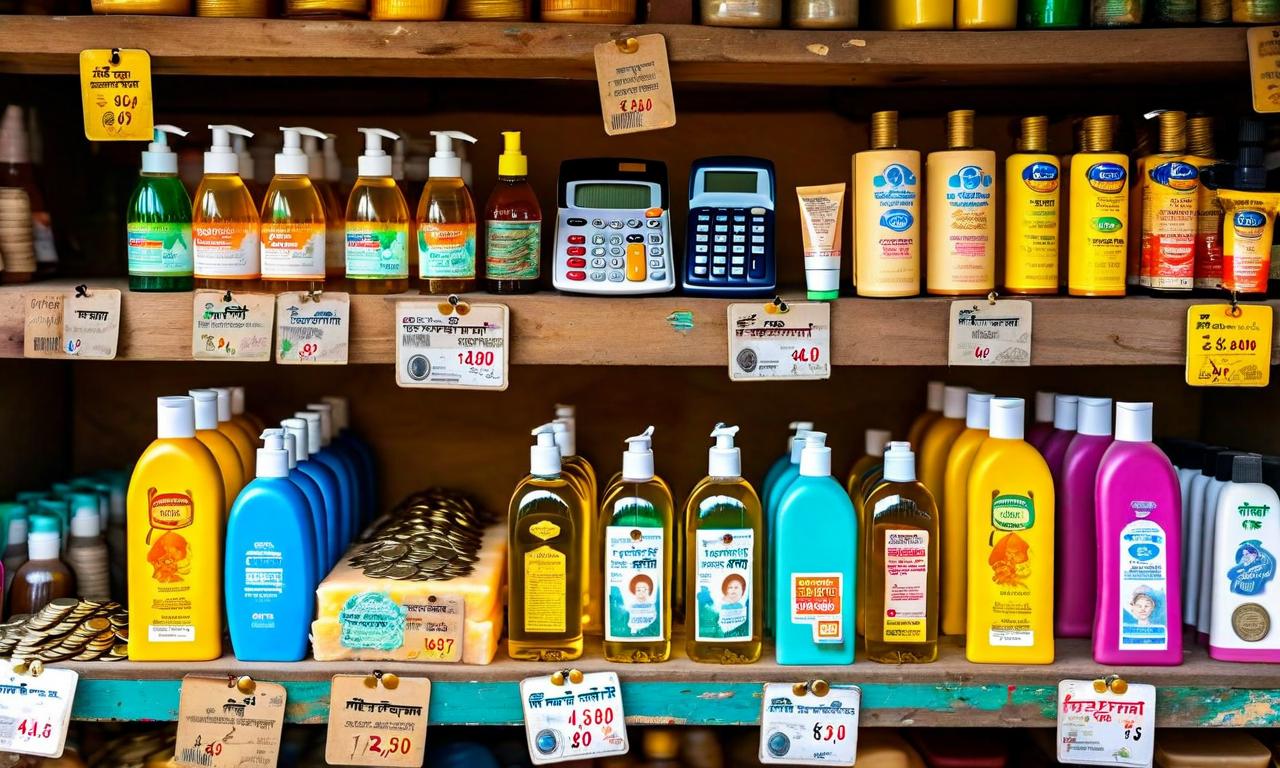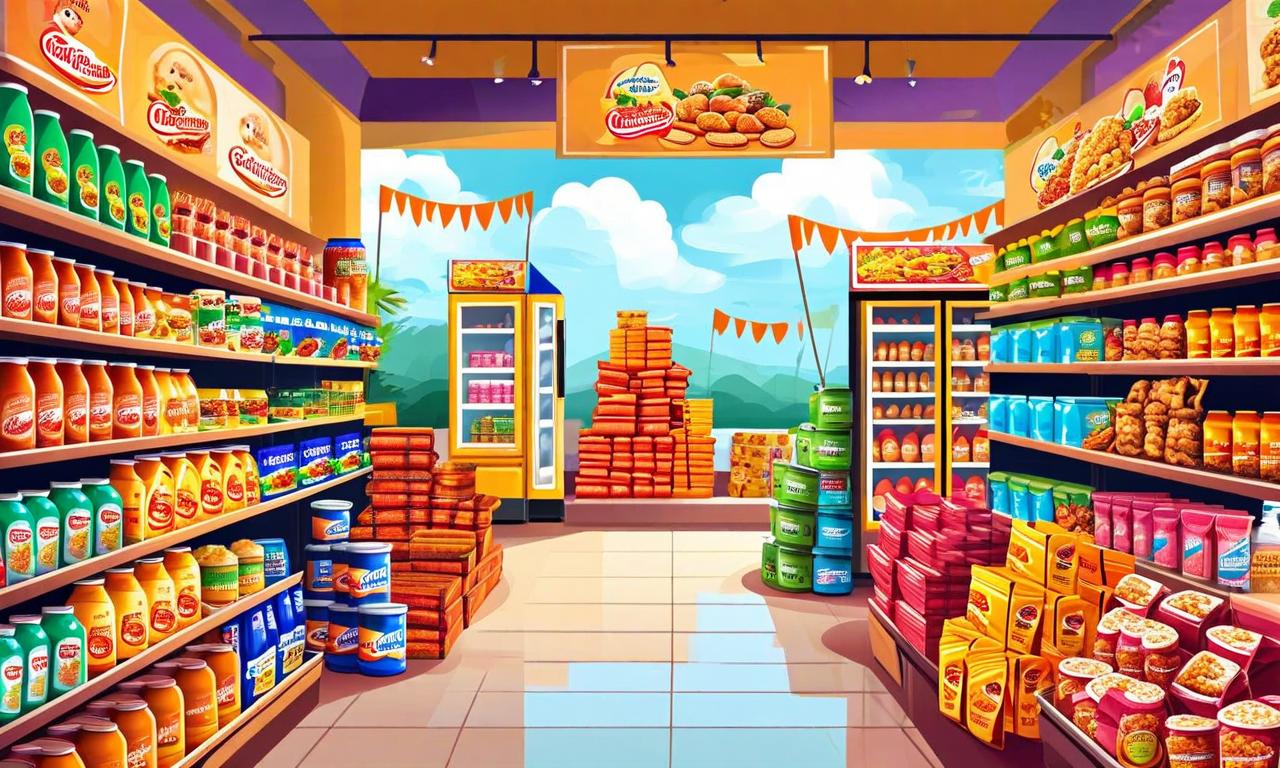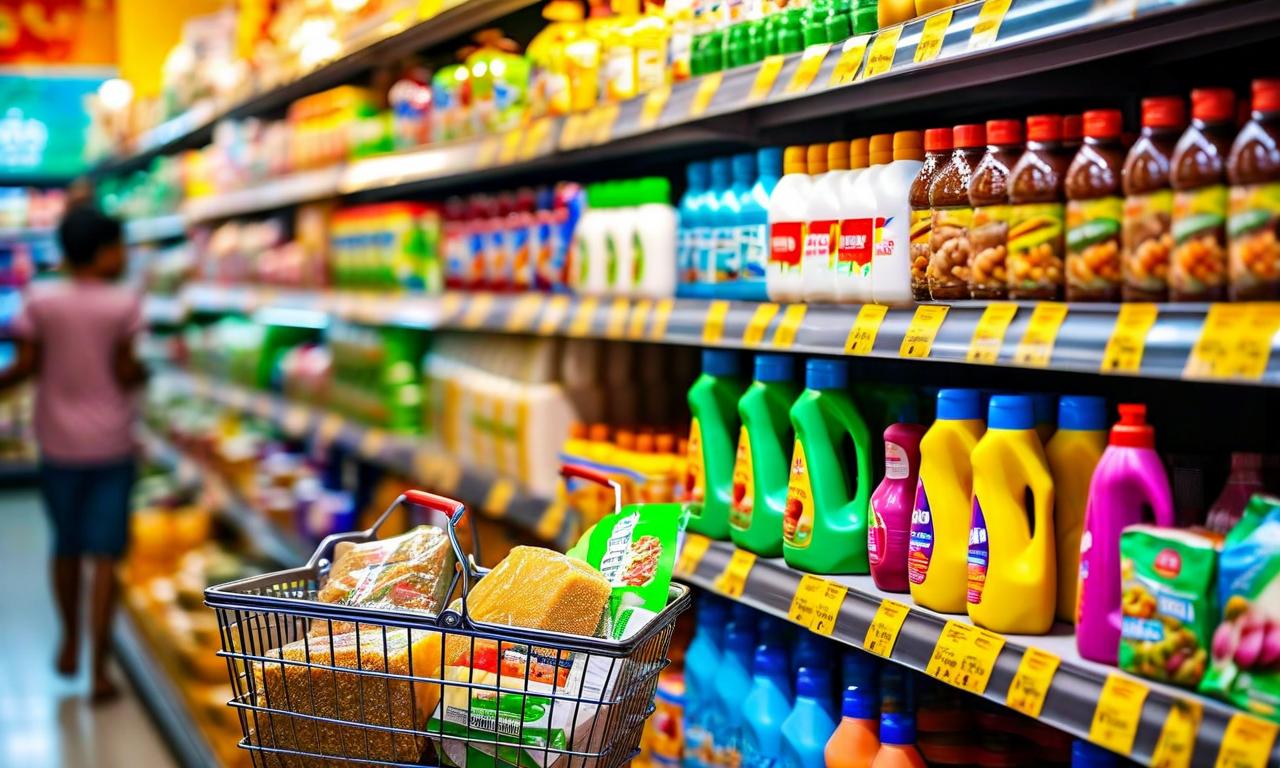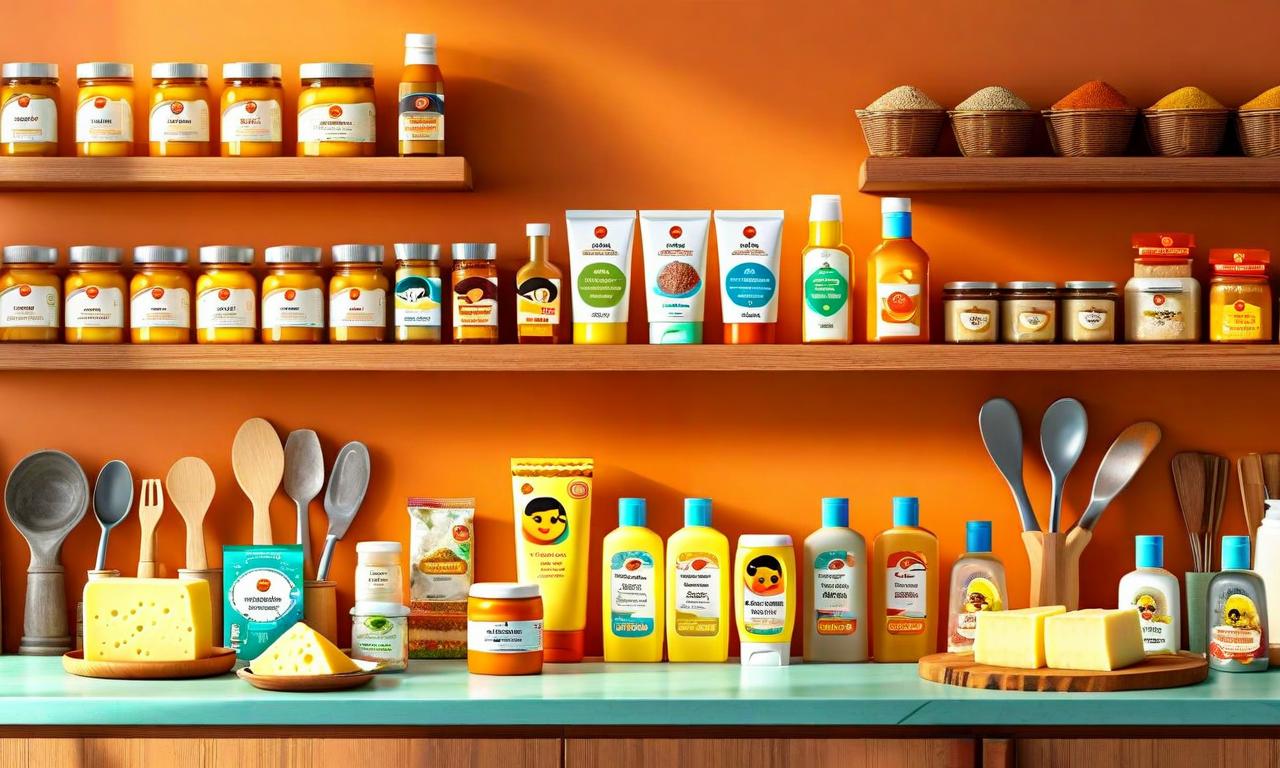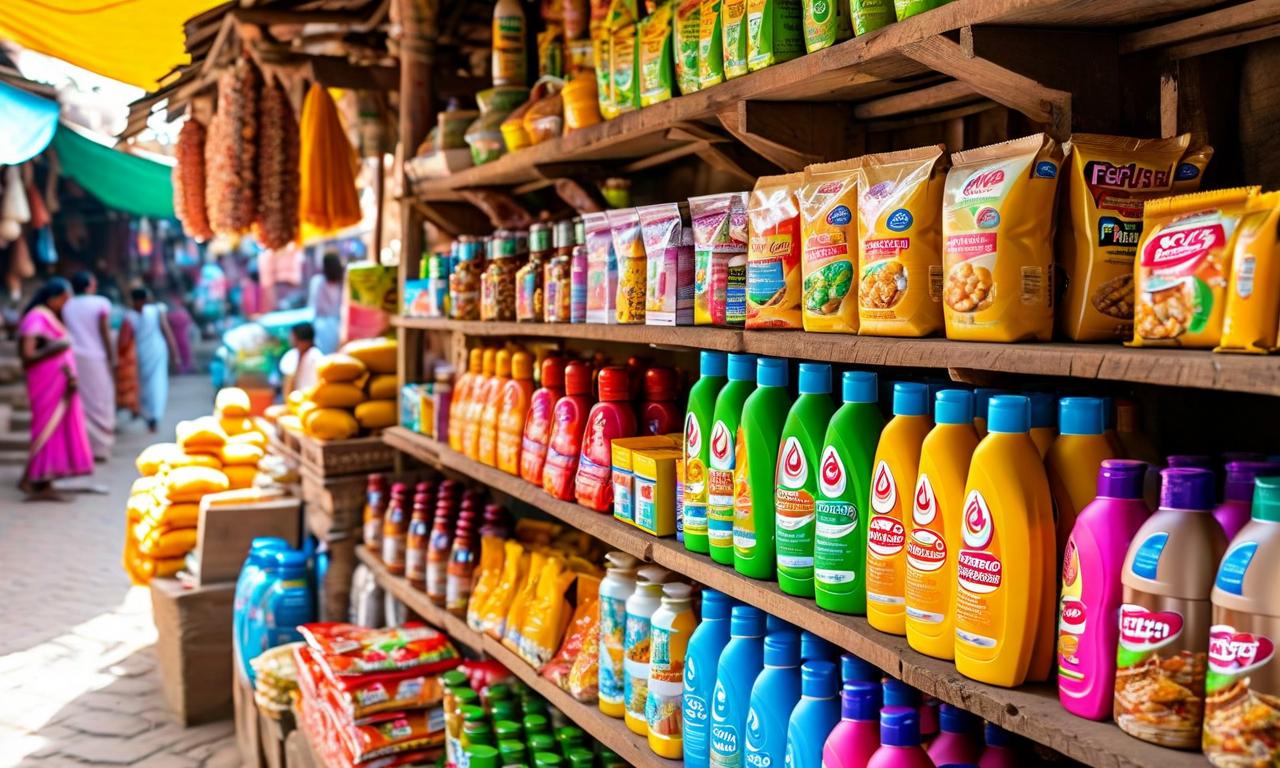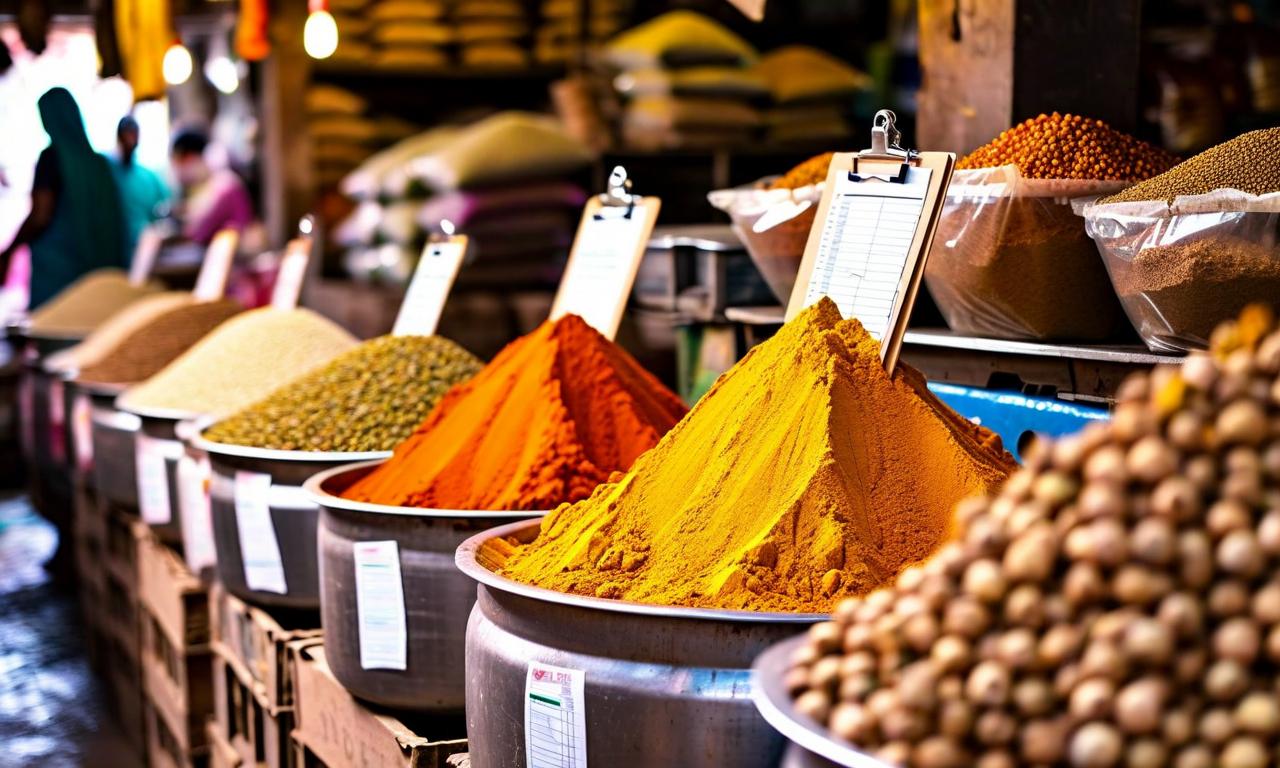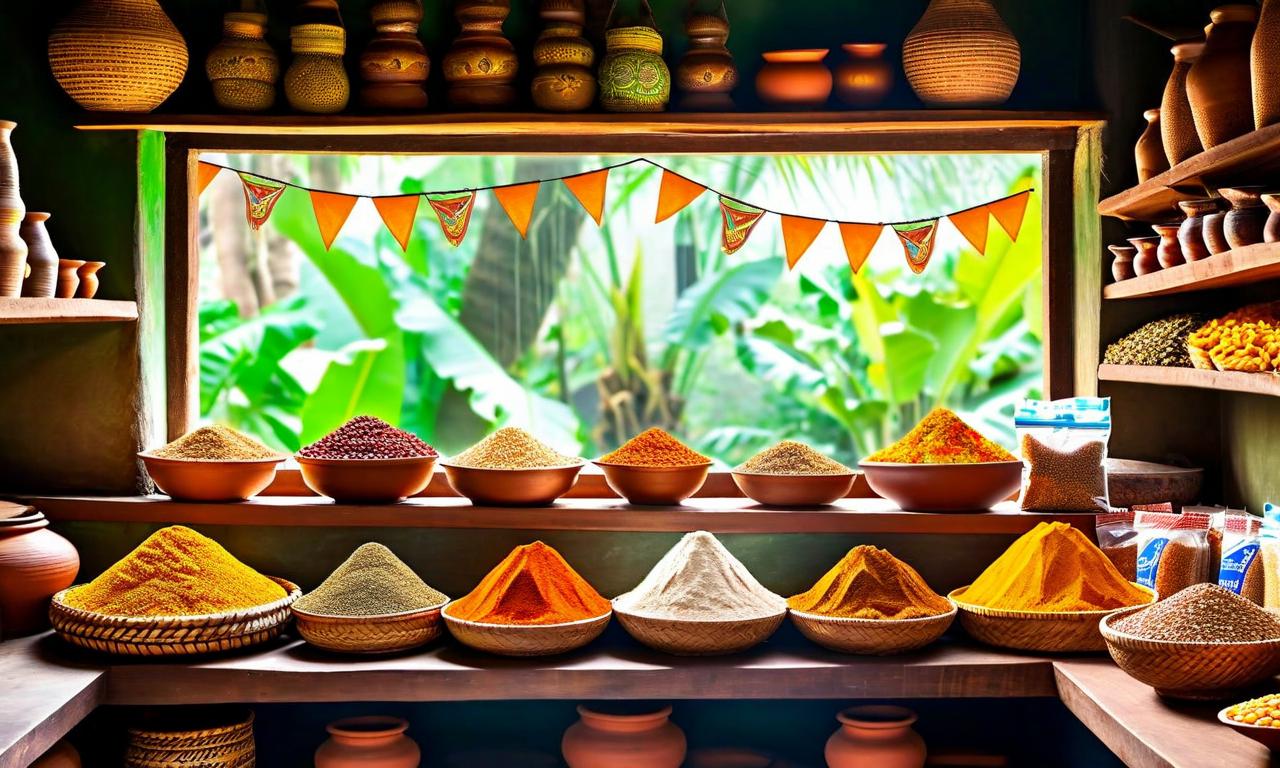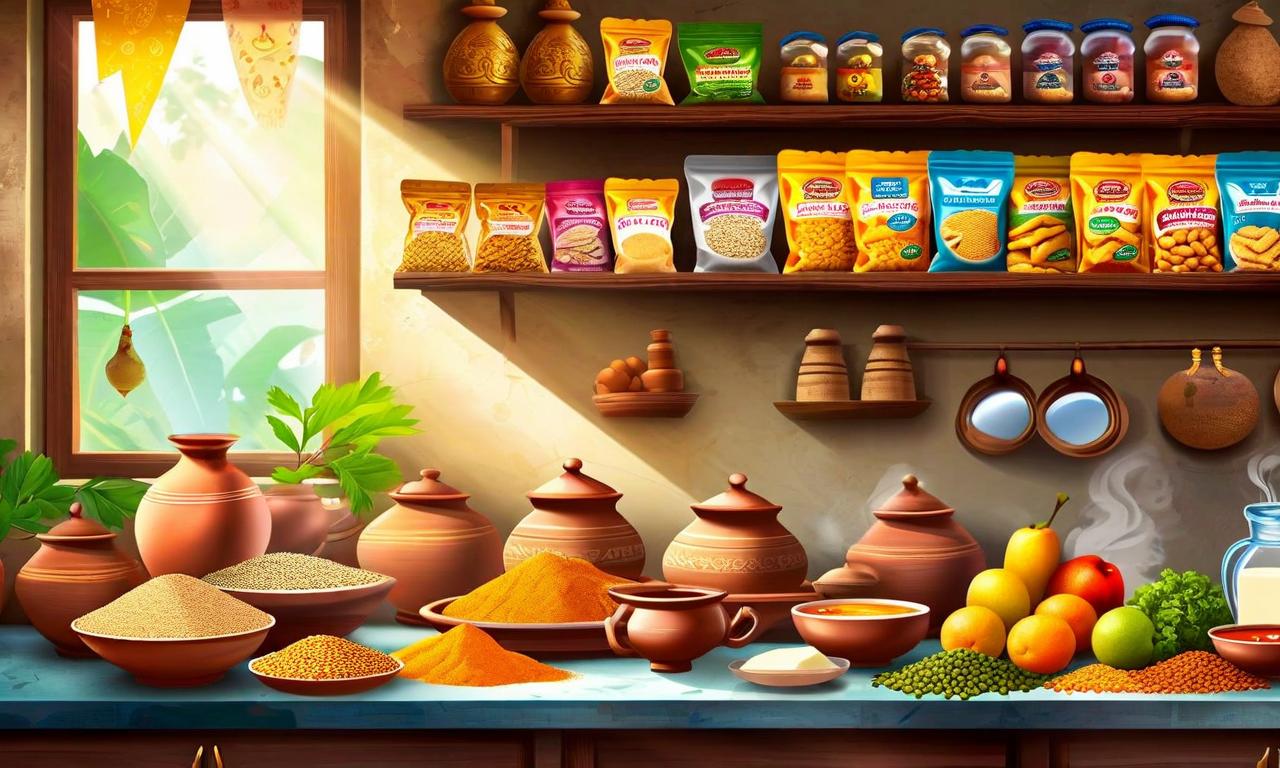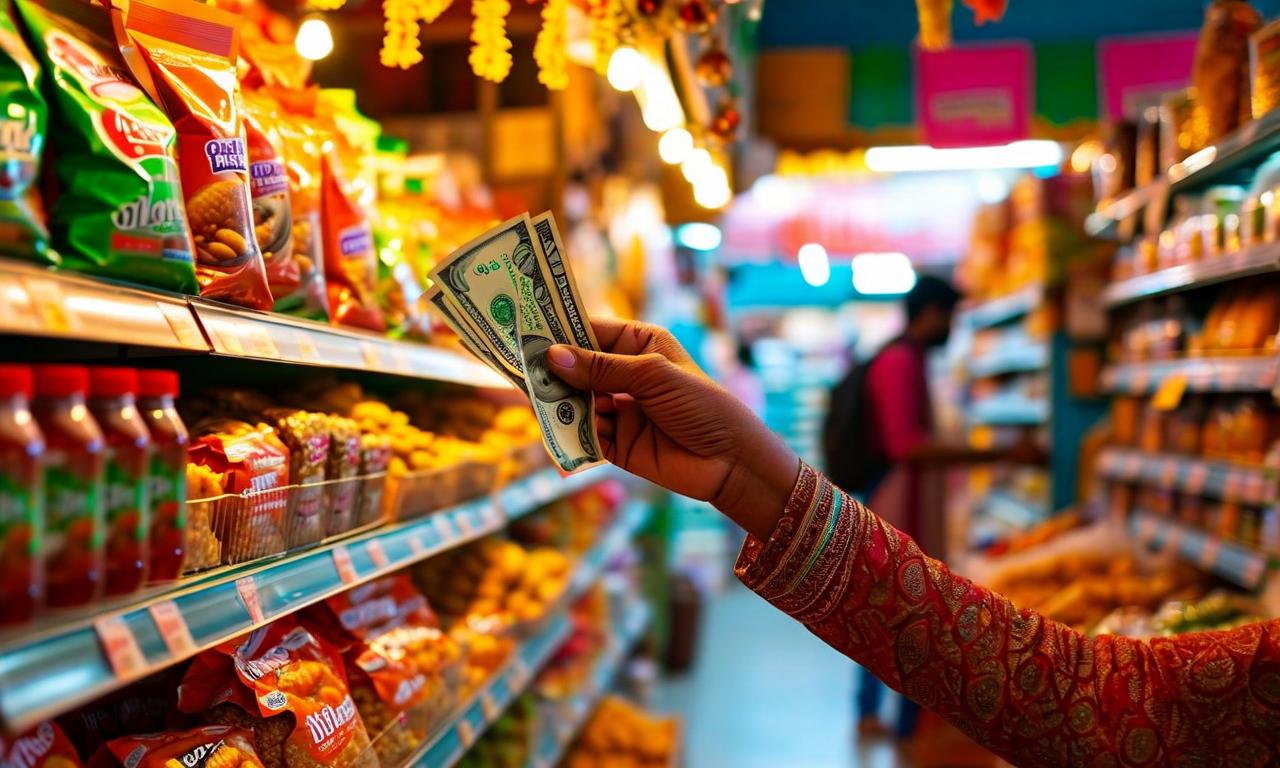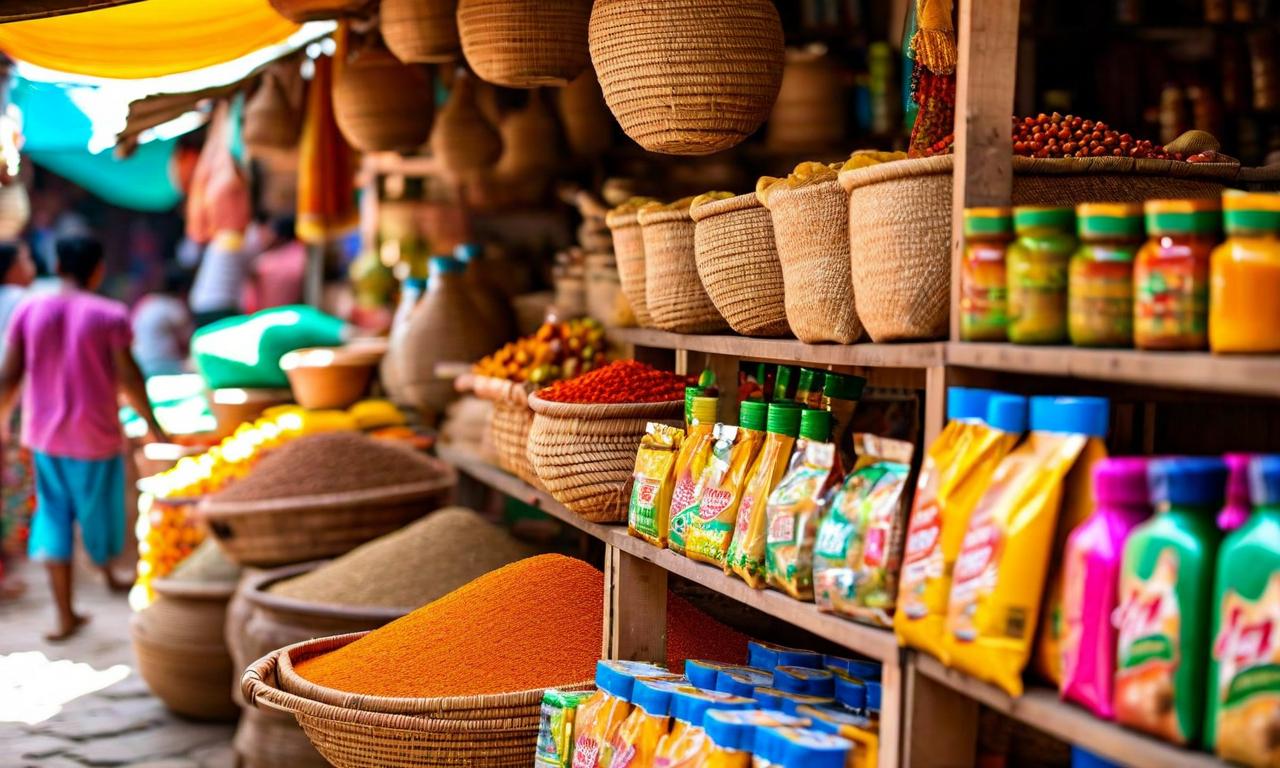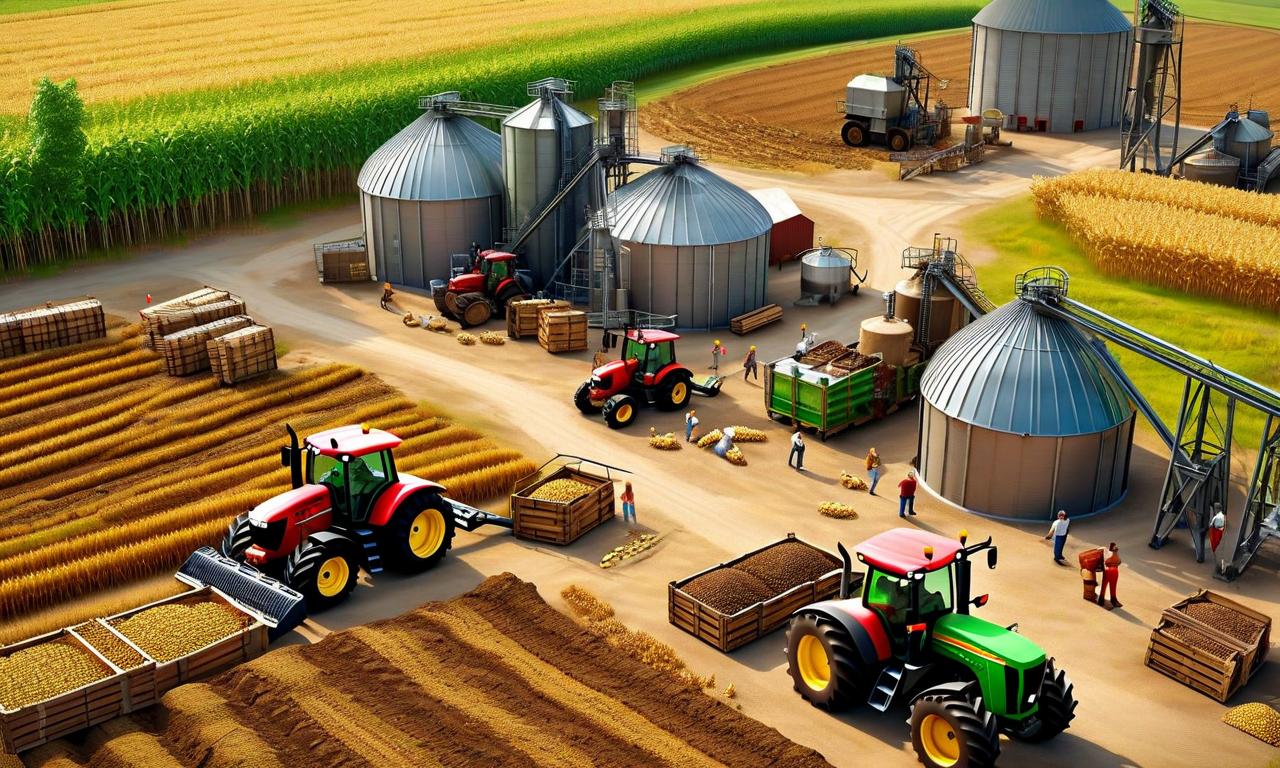FMCG Sector Poised for Gradual Recovery with Impulse Categories Leading the Way
The Indian FMCG sector is set for a gradual recovery, with impulse categories like biscuits and snacks expected to lead the way. Recent GST rationalization may cause short-term modest volume growth. Consumers are adopting a wait-and-watch approach, while traders are cautious about stocking higher MRP products. Popular price points (Rs 2, 5, 10) are likely to extend their lifespan by 5-7 years. The industry awaits clarity on the inverted duty structure. Premiumization trends are emerging, with smaller towns and rural areas projected to outpace urban markets in growth.
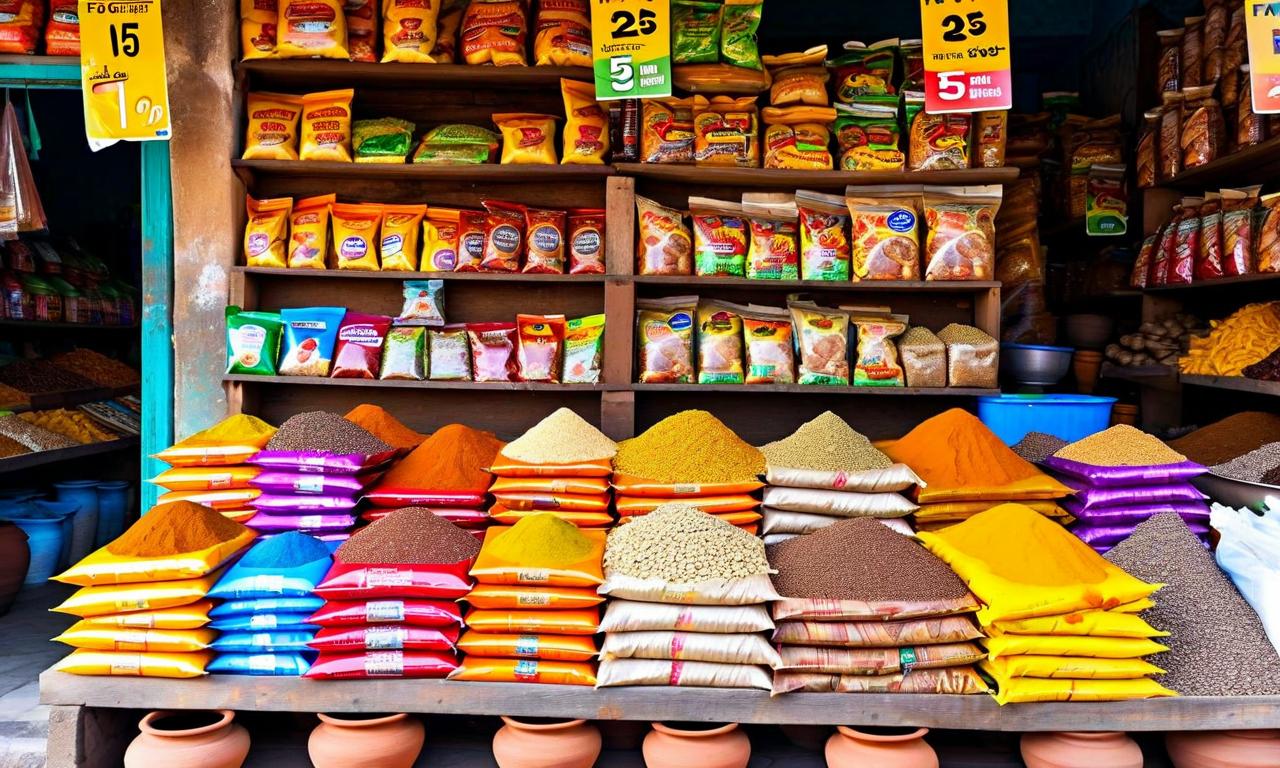
*this image is generated using AI for illustrative purposes only.
The Indian Fast-Moving Consumer Goods (FMCG) sector is on track for a gradual recovery, although the recent Goods and Services Tax (GST) rationalization may result in modest volume growth in the short term, according to industry experts.
Consumer Behavior and Trade Dynamics
Abneesh Roy from Nuvama Institutional Equities highlighted that consumers have been adopting a wait-and-watch approach, anticipating lower prices following the GST announcements. Simultaneously, traders have been cautious about stocking products with higher Maximum Retail Prices (MRP), creating a temporary lull in the market.
Impulse Categories to Lead Recovery
The silver lining in this scenario is the expected boost for impulse categories such as biscuits and snacks. These products are likely to benefit first from the lower unit taxes, with companies planning to increase product quantities to stimulate volume growth starting November.
Limited Impact on Essential Categories
While impulse purchases are expected to see an uptick, essential categories like toothpaste may experience limited long-term benefits. Experts suggest that consumption in these categories is unlikely to rise significantly despite the tax changes.
GST Clarity Awaited
The industry is currently awaiting clarity on the inverted duty structure, where services and raw materials are subject to 18% GST, while finished products are taxed at 5%. This discrepancy has created some uncertainty in the sector.
Sectors Poised for Growth
Several product categories are expected to benefit from the GST rationalization:
- Paints
- Alcoholic beverages
- Bhujia
- Biscuits
- Noodles
- Pasta
- Chocolates
- Confectionery
Return of Popular Price Points
A significant development for consumers is the expected return of popular price points:
| Price Points | Expected Lifespan Extension |
|---|---|
| Rs 2 | 5-7 years |
| Rs 5 | 5-7 years |
| Rs 10 | 5-7 years |
The GST cuts are anticipated to extend the lifecycle of these price points by five to seven years, making products more accessible to a wider consumer base.
Premiumization and Market Growth
As disposable incomes rise, the FMCG sector is likely to see a trend towards premiumization. Interestingly, smaller towns and rural areas are projected to outpace urban markets in terms of growth, indicating a shift in consumption patterns across India.
Conclusion
The FMCG sector's recovery, while gradual, appears to be on a positive trajectory. With impulse categories leading the charge and strategic adjustments in pricing and product quantities, companies in this space are adapting to the new tax regime while catering to evolving consumer preferences.



